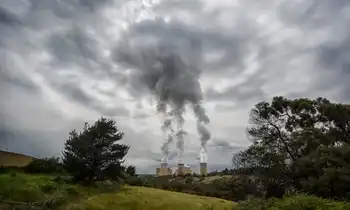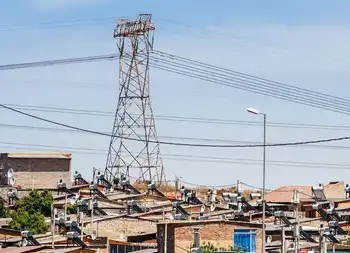Europe extends life of fossil-fuel power plants
By Industrial Info Resources
NFPA 70e Training
Our customized live online or in‑person group training can be delivered to your staff at your location.

- Live Online
- 6 hours Instructor-led
- Group Training Available
The new directive will see the introduction of stricter levels of air pollution on industrial facilities, but thanks to a series of compromises, large combustion plants, including coal, gas- and oil-fired power plants, will now have much longer to comply with the regulations. After 2016, owners of older power plants will need to invest in equipment for cleaning up emissions, but they can also opt to shut down the plant before 2024 or after 17,500 operating hours, depending on which comes first.
In addition, the IED allows "transitional national plans," which allow European Union member states to extend the deadlines to meet the new targets for older power plants until July 2020.
Newer power stations still have to comply with the earlier 2012 deadline for the new targets. The harsher emissions targets come into force in 2016 and will focus on NOx, SOx and particulates. The IED excludes carbon dioxide emissions, which are already monitored by the EU Emissions Trading Scheme ETS.
The IED brings together seven different pieces of emissions legislation, including the Large Combustion Plant Directive, Waste Incineration Directive, and the Integrated Pollution Prevention and Control directive. The latter covers about 52,000 industrial and agricultural installations with a high potential for pollution.
Holger Krahmer, the MEP responsible for guiding the legislation through the European Parliament, said: "After more than two years of difficult negotiations, we have a compromise that will help to improve the implementation of the directive. Compared to the current situation, this offers more clarity and a better chance of a level playing field across Europe on environmental requirements for industrial installations."
However, Krahmer also expressed his disappointment about the compromises. "It is a European tragedy that a number of outdated coal-fired power plants will be allowed to pollute for another decade. This is also grossly unfair on the Member States who took early action to meet the requirements."
The new, less stringent directive has been welcomed by power companies and industrial bodies.
Dr Neil Bentley, the director of business environment for the Confederation of British Industry London, said: "This vote is good news. It will allow a smooth and sensible transition to increased use of low-carbon energy sources. The alternative would have meant forced closure of many existing power stations without sufficient time to build replacements. This could have seriously undermined the UK's energy security."
Speaking to the Independent, Nigel Burdett, the head of environment at Drax Power Limited, said "The IED is a reasonable compromise. The plan gives energy companies the ability to phase out plants over a reasonable period. Without these derogations, most plants would close in 2016, and that would be quite difficult for the UK to manage. But they will now close over a period to 2023, which will enable a security-of-supply crisis to be ameliorated."
Drax is the owner of Europe's largest coal-fired power station, the 4,000-megawatt power plant in Selby, which accounts for 7 of the UK's electricity needs.











